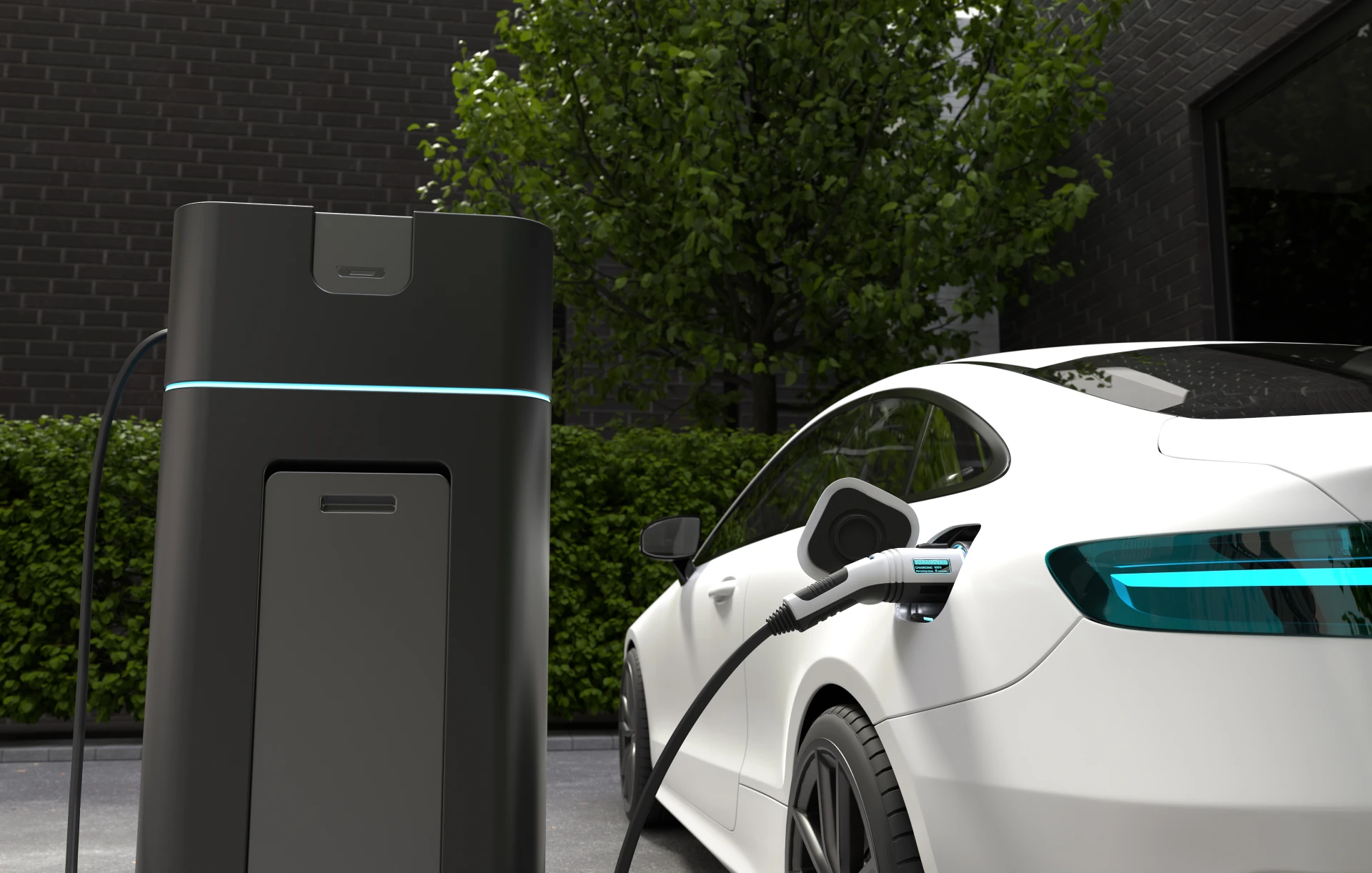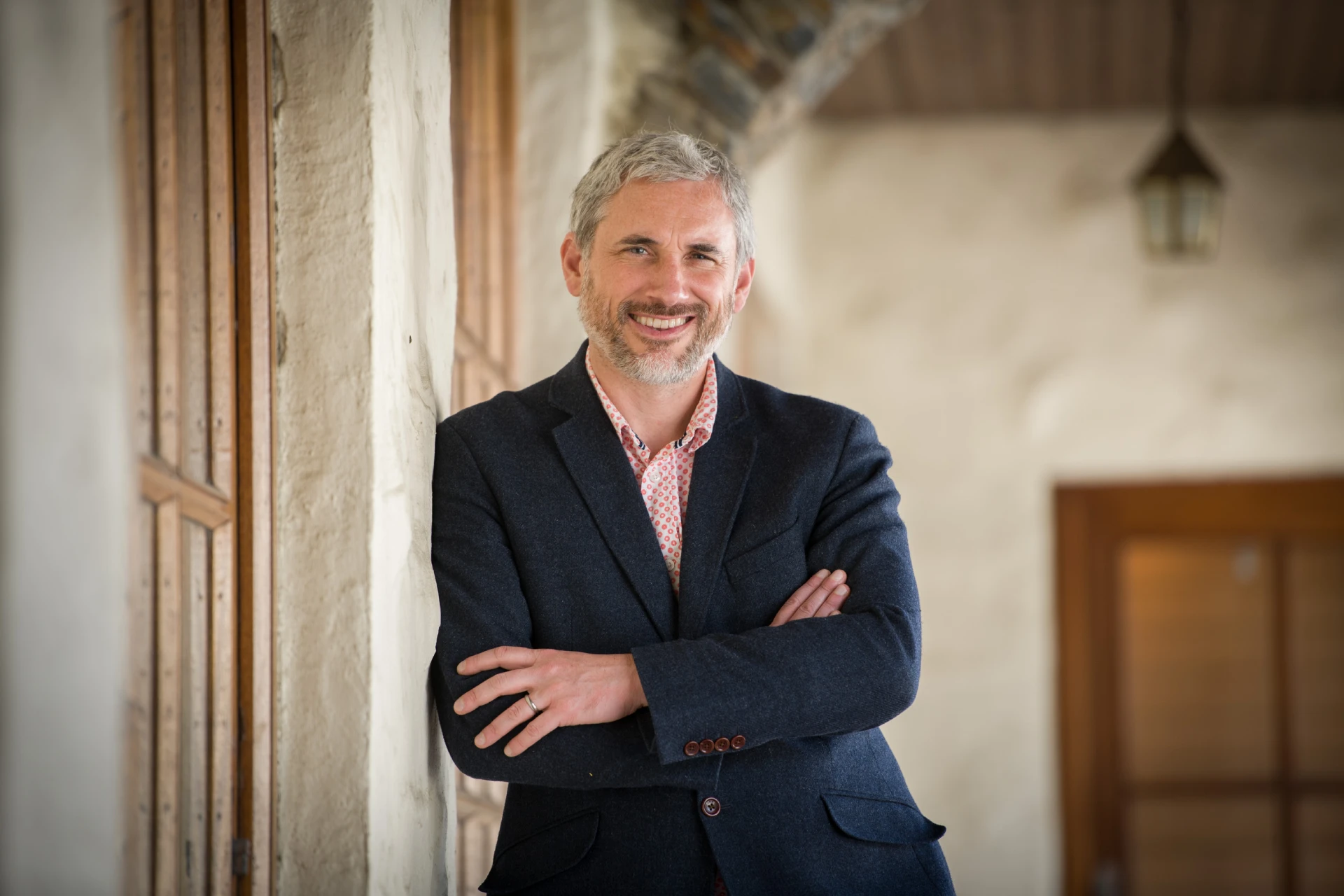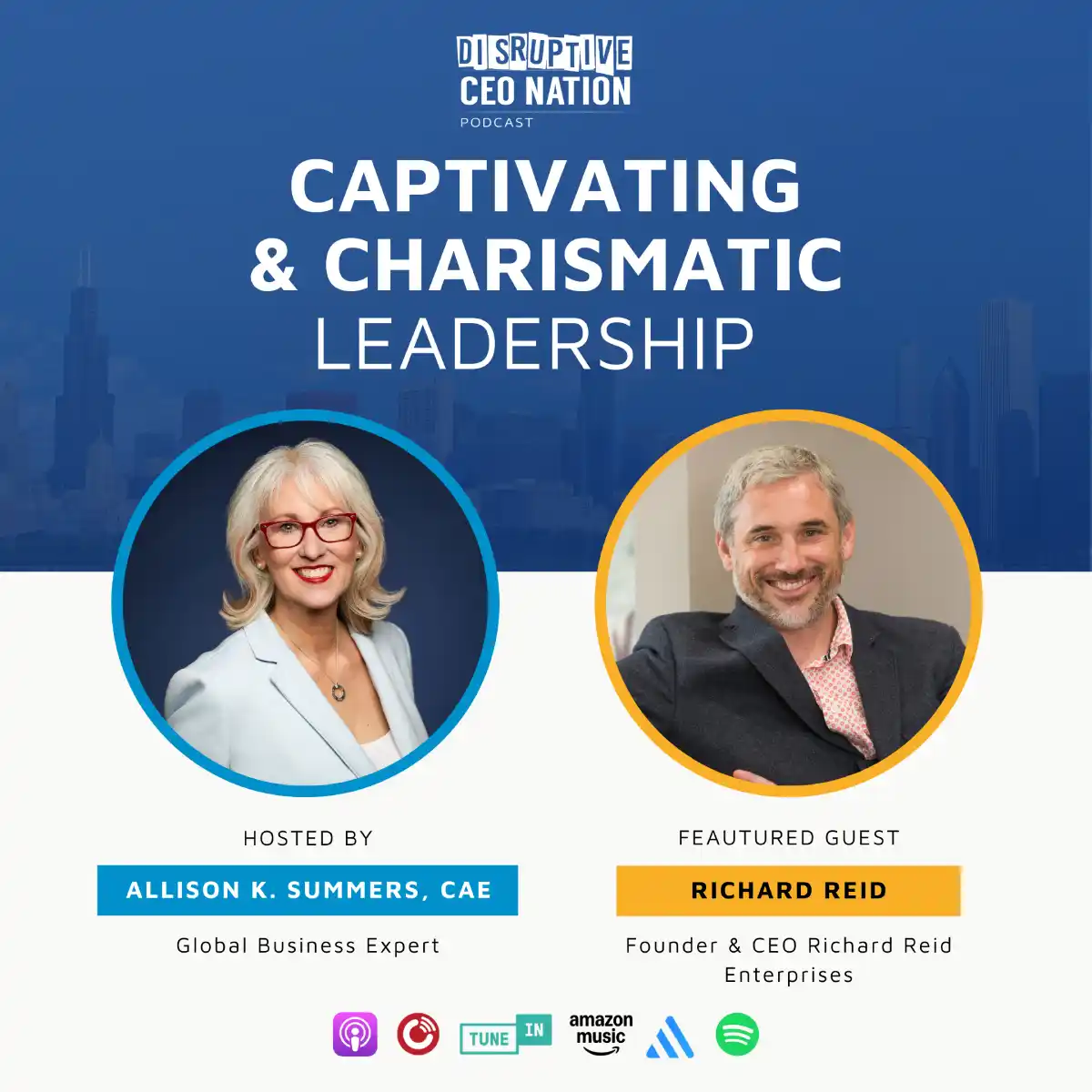1. Introduction
Elon Musk is considered one of the most polarizing yet transformative leaders of the 21st century. From revolutionizing electric vehicles with Tesla to redefining space exploration with SpaceX, Musk’s visionary charisma has redefined possibilities in technology, sustainability, and entrepreneurship. His ability to set bold goals, inspire massive followings, and disrupt traditional industries has positioned him as a quintessential “charismatic innovator.”
At the same time, Musk’s leadership style is not without controversy. His polarizing communication, impulsive public behavior, and inclination for overpromising have spurred criticism. His work culture demands at Tesla and SpaceX have been praised for fostering innovation but criticized for straining employee limits.
Balancing visionary leadership with pragmatic execution is the hallmark of Musk’s success—a delicate act of inspiring others without neglecting operational realities. This whitepaper examines Musk’s charismatic qualities, his leadership strengths and limitations, and practical insights business professionals can apply to their own leadership contexts.
2. Musk’s Charismatic Leadership Qualities
2.1 Bold Vision-Setting and Relentless Drive
Musk’s intrinsic charisma lies in his ability to dream big and galvanize others around daring goals. Whether promising to colonize Mars or ending humanity’s dependence on fossil fuels, Musk appeals to larger-than-life challenges that inspire awe and engagement. His boldness conveys a can-do attitude, which legitimizes ideas previously dismissed as impossible.
Research on charismatic leadership indicates that leaders who articulate compelling visions inspire higher motivation among followers (Conger & Kanungo, 1998). Musk’s relentless pursuit of those visions reinforces his credibility, making him a magnetic force for talent acquisition and investment. Business professionals can emulate this by adopting stretch goals that push boundaries while offering clarity in their vision.
2.2 The Power of Storytelling
Musk’s communication style is an essential part of his charisma. Musk excels in weaving narratives that spark excitement, from his vision of “a multi-planetary species” to the mission of “accelerating the world’s transition to sustainable energy.” This approach not only inspires employees but also captivates customers, investors, and media.
By consistently linking his projects to broader societal challenges, Musk transforms Tesla, SpaceX, and other companies from businesses into movements. For business leaders, the lesson is clear: Crafting and communicating a powerful story around your mission can create emotional buy-in from stakeholders both inside and outside the organization.
2.3 Leveraging Personal Brand as a Key Driver
Perhaps no modern CEO has tied their personal brand as tightly to their companies as Elon Musk has to Tesla and SpaceX. Musk’s public image as a bold innovator and risk-taker inherently strengthens the brand value of his ventures. His 118 million followers on Twitter (as of 2023) demonstrate his broad influence over public narratives, investor confidence, and consumer behavior.
Although this influence enhances Musk’s companies in the short term, it also introduces risk. For business professionals, the key takeaway is finding a balance between personal branding and company independence. Leaders gain credibility when their image aligns with organizational purpose but should avoid over-centralizing influence to the detriment of long-term scalability.
3. Positive Aspects of Musk’s Leadership
3.1 Driving Disruptive Innovation Through Ambitious Goals
Musk has consistently aimed to disrupt traditional industries, often achieving what seemed impossible. He took Tesla from a niche electric car company to a leader in clean energy, outpacing legacy automobile manufacturers. At SpaceX, his reusable rocket technology disrupted an industry once dominated by state players and paved the way for more cost-efficient space exploration.
The lesson for leaders in business is that innovation demands boldness. Professionals can encourage creativity and experimentation by establishing cultures that embrace calculated risks. Musk demonstrates that by setting high expectations and fostering environments of relentless improvement, breakthroughs often follow.
3.2 Creating Global Impact Through Exceptional Focus
One of Musk’s strengths lies in defining his work around missions with clear societal impact. Tesla doesn’t just sell cars; it disrupts fossil fuel dependence. SpaceX isn’t just a private aerospace company; it’s humanity’s hope for interplanetary survival. These missions unite employees, customers, and supporters in shared goals that transcend profitability.
Business leaders can learn from Musk by framing their work as addressing larger challenges, whether environmental sustainability, equitable access to products, or industry innovation. This mission-driven approach generates alignment and passion from diverse stakeholders.
3.3 Building a Culture of “Thinking Big”
Musk’s organizations embrace frameworks of audacity and speed—failing fast, iterating constantly, and questioning the status quo to achieve extraordinary outcomes. SpaceX’s dramatic cost reductions for rockets resulted from challenging long-held assumptions in aerospace engineering. Employees are encouraged to move outside comfort zones and reimagine possible solutions.
Professional leaders can replicate this innovation culture by questioning assumptions, challenging historical standards, and encouraging employees to experiment boldly. However, this must be tempered by sustainable operational practices, as excessively aggressive expectations can lead to burnout.
4. Critique of Musk’s Leadership Style
4.1 Over-Reliance on Personal Charisma
Musk’s leadership success is inherently tied to his personal charisma, creating risks for his organizations. Investor confidence often depends on Musk’s involvement, and public controversies—such as his tweets that led to SEC investigations—can destabilize markets and distract employees.
For business leaders, this critique highlights the importance of cultivating distributed leadership. While charisma has short-term benefits, long-term resilience depends on empowering others, creating systems, and fostering a stable leadership team that doesn’t rely on a singular figure.
4.2 Balancing Vision With Operational Priorities
While Musk’s goals are captivating, some ventures have been criticized for execution shortfalls. Tesla has faced challenges like product delays, disappointing profitability in early years, and concerns over workforce treatment. Similarly, Musk’s aggressive promises, like autonomous taxis or meeting ambitious deadlines, often overshoot reality, raising doubts about realistic planning.
Business professionals must carefully balance visionary leadership with executional excellence. Set realistic timelines, allocate resources strategically, and consistently deliver results to preserve credibility while pursuing ambitious goals.
4.3 Consequences of Polarizing Behavior
Musk is often embroiled in controversies, from erratic social media posts to public disputes with regulators, employees, and even critics. While his unfiltered approach appeals to certain cultures of innovation, it risks alienating stakeholders and undermining trust. Similarly, Musk’s demanding expectations have contributed to high employee turnover in some ventures, despite the allure of his company missions.
This critique urges business leaders to weigh the trade-off between authentic behavior and organizational impact. While authenticity and bold communication can inspire, professionals must remain mindful of their accountability to stakeholders and the risks of divisiveness.
5. Lessons for Business Professionals
5.1 Aspire to Set Bold, Transformative Visions
Musk’s approach reflects the importance of thinking beyond conventional boundaries. Business leaders should identify visionary but achievable missions that serve as north stars for their teams and organizations.
5.2 Strengthen Personal Brand Without Overdependence
While a strong personal brand can strengthen stakeholder trust, organizations should avoid complete dependence on one leader. Professionals should prioritize cultivating independent brand equity for their organizations to reduce risks of centralization.
5.3 Embrace Calculated Risk and Foster Experimentation
Musk champions environments where bold ideas and experimentation thrive, often at remarkable scales. Business leaders can establish innovation-friendly cultures by celebrating risk-taking while implementing sufficient safeguards to maintain stability.
5.4 Balance Authenticity and Professionalism
Musk’s polarizing behavior demonstrates the challenges and benefits of uninhibited authenticity. Professionals must strike a balance between bold individuality and professionalism, ensuring their communication fosters alignment over alienation.
5.5 Coordinate Vision With Operational Stability
Finally, Musk’s leadership illustrates the value of coordinating ambitious goals with operational focus. Professionals can prioritize sustainable execution, building trust by delivering on promises without sacrificing long-term functionality.
6. Conclusion
Elon Musk’s leadership combines extraordinary charisma with an audacious vision for the future, manifesting in world-changing innovations at Tesla, SpaceX, and beyond. His willingness to challenge norms, think boldly, and inspire teams has created transformative outcomes across multiple industries.
However, Musk’s leadership style also underscores the importance of balance. Visionary charisma, while powerful, must be grounded in operational pragmatism, sustainable organizational cultures, and accountability to stakeholders. For business professionals, Musk’s successes and challenges offer valuable insights on how to inspire teams, manage public perception, and strike equilibrium between charisma and operational discipline.
By emulating Musk’s drive for innovation while addressing his leadership pitfalls, professionals can inspire transformational outcomes within their teams and industries.
7. References
- Conger, J. A., & Kanungo, R. N. (1998). Charismatic Leadership in Organizations. Sage Publications.
- Goleman, D. (1998). What Makes a Leader? Harvard Business Review, 76(6), 93–102.
- Bass, B. M., & Avolio, B. J. (1994). Improving Organizational Effectiveness Through Transformational Leadership. Sage Publications.
- Isaak, R. (2015). The Founders: Elon Musk and the Triumph of Innovation. Journal of Leadership Studies.
- Tourish, D. (2013). The Dark Side of Transformational Leadership: A Critical Perspective. Routledge.










